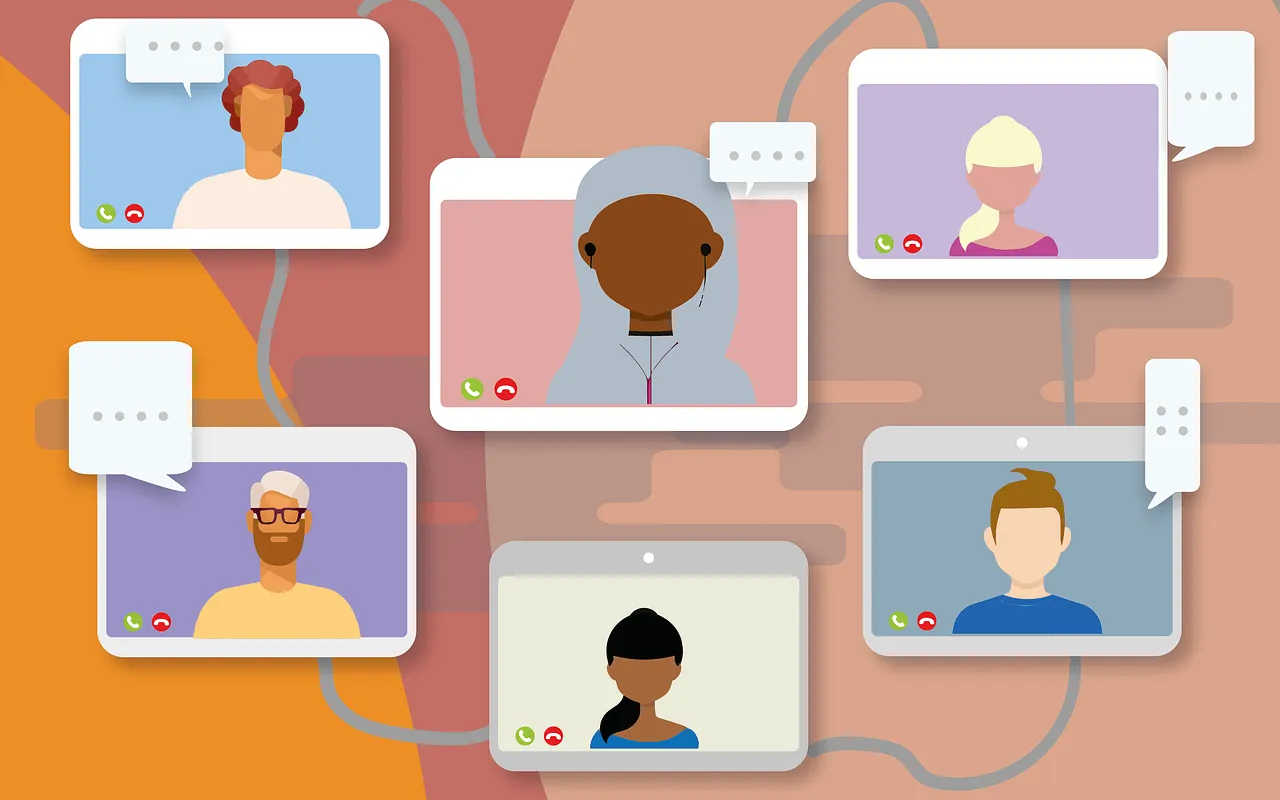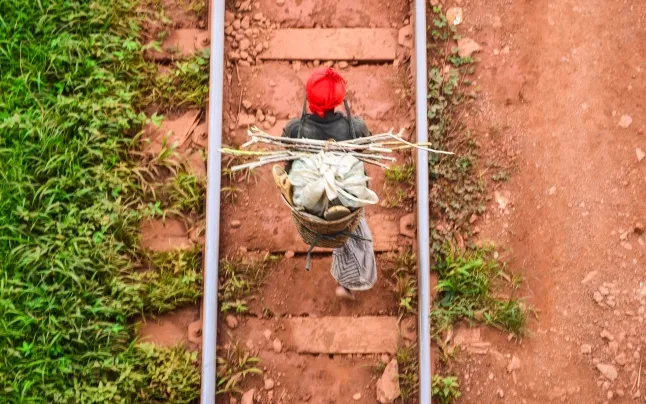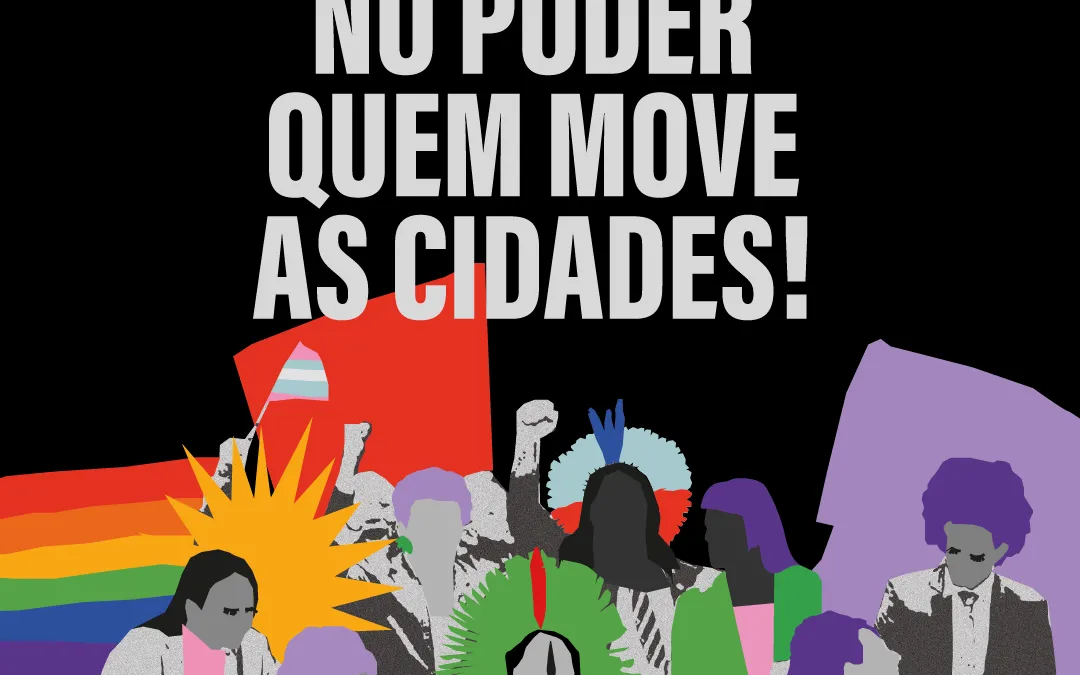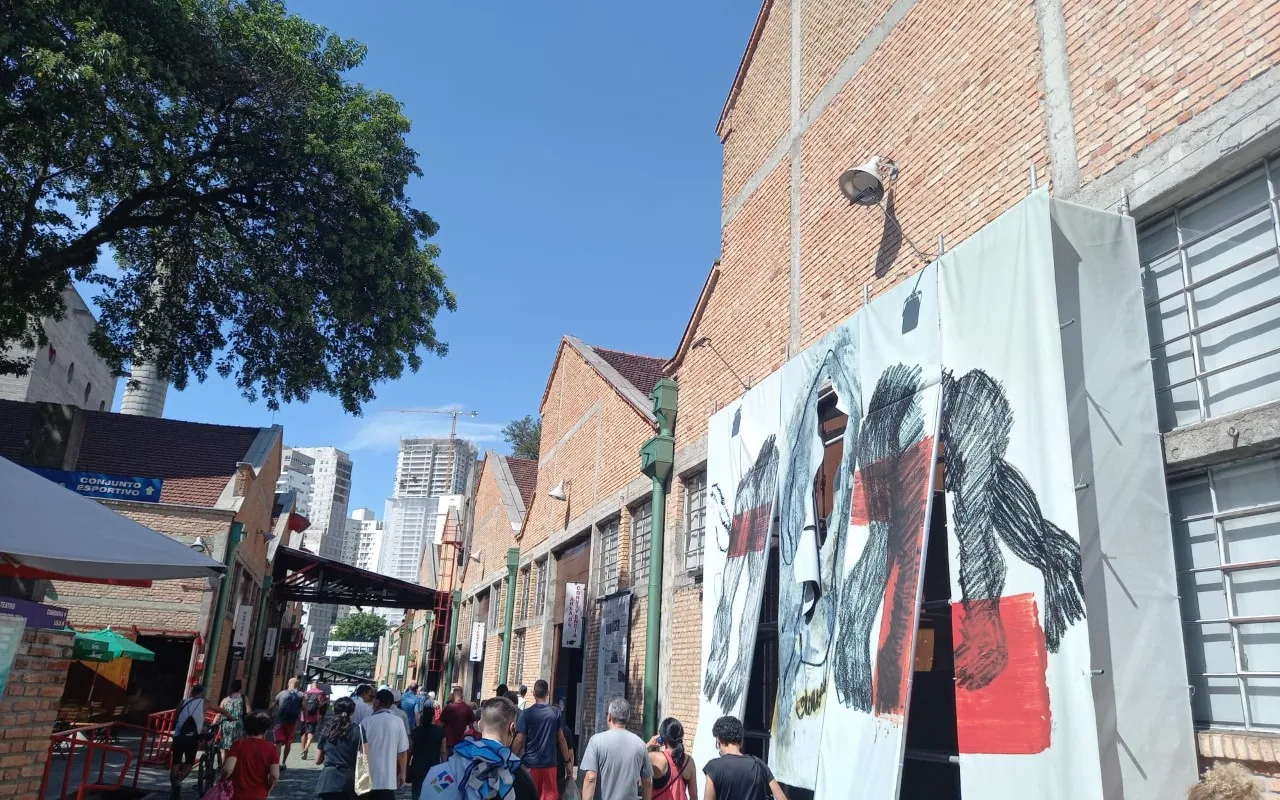What is ECPAT?
ECPAT is the world’s largest influencing network fully dedicated to ending the sexual exploitation and abuse of children with a global network of 122 civil society organisations across 104 countries.
How did it start?
ECPAT started as a global campaign to end child sexual exploitation in May 1990 when a small group of concerned individuals gathered in Chiang Mai in Northern Thailand. Organisations from across the globe heard this call to action and joined hands to provide support to end child sexual abuse. Since then, ECPAT is doing research on the matter and advocating for the systemic and social changes necessary to ensure that the voices of children, their rights, and their needs are heard and reflected in society.
What are the goals of your Organization?
Our mandate is to end the sexual exploitation and abuse of children in any form (online, physical, verbal) and for any reason (because of gender norms, poverty, lack of resources, because of trafficking and voluntourism).
What do we should understand as a sexual exploitation?
There is a difference between child sexual exploitation and child sexual abuse: the sexual exploitation of children can be distinguished by an underlying notion of exchange. A child is a victim of sexual exploitation anytime s/he engages in sexual activity with the aim of receiving a benefit or a promise of that. A child may be coerced into a situation of sexual exploitation through physical force or threats. Very often perpetrators groom children into sexual exploitation, gaining their trust and controlling them. There are situations that make children particularly vulnerable to such exploitation (e.g. child trafficking, abuse/neglect, displacement, threats such as sharing child sexual abuse material online)
I have seen on your webpage some recent researches. What do they show?
For example, one of our most recent report published online focuses on the sexual exploitation and abuse of boys. At ECPAT, we conduct research on the sexual abuse and exploitation of boys because there is a lack of data and resources on how to deal with those crimes from a gender perspective and ensure protection to boys as well as to girls.
What are the main consequences for these children?
Children who are targeted and experience child sexual abuse and exploitation face a high possibility of developing a trauma response, becoming victims of power imbalances and further abuses, feeling distress and loneliness, and losing trust in adults/society. Disrupting Harm reports extensively describe the perspective of children experiencing online child sexual exploitation and abuse.
How do these children face these consequences? How does your Organization help these children?
ECPAT International conducts research on the issue of child sexual exploitation and abuse with the aim of raising awareness, improving child protection policies and best practices globally, and advocating with governments, legal professionals, and the private and social sectors on the importance of ensuring children are always protected. Most ECPAT members provide direct assistance and support to children experiencing child sexual abuse and exploitation.
Do you think that are not enough protection laws to help these children and prevent this situation?
At ECPAT International, we monitor and map the legal advancement that clarifies how to protect children from child sexual exploitation and abuse globally. At the moment, very few countries have clear legal definitions and instruments to combat and prevent child sexual abuse and exploitation.
Where is the most child abuse in the world? What kind of children are most harmed?
Any child from any culture and of every age can be a victim of child sexual exploitation and abuse, in all places of the world. There are conditioºns that facilitate child sexual exploitation and abuse as mentioned before, but child sexual abuse can be found in all countries. Unfortunately, with the increase of online tools, it is even more difficult to track where in the world the abuse is taking place because a picture of a child being sexually abused in North America can circulate very quickly everywhere.
What do you do in order to prevent the sexual exploitation?
We conduct field and desk research to collect data evidence, we share research findings with the general public and other professionals/NGOs, and we advocate for national and international changes in legislation, policies, and community behaviours to ensure children are always protected from child sexual abuse and exploitation.
Which measures should be taken?
Societies need to recognise the issue of child sexual abuse and exploitation and ask for more protection and prevention. Law enforcement agencies, decision-makers and politicians, teachers, social workers, online service providers such as social media platforms, parents, civil society organisations, volunteers... everyone should play a role in ensuring child protection from online child sexual abuse.
Do you think it is important reporting the child sexual abuse or child sexual exploitation?
Every time a person notices a case of child sexual abuse or child sexual exploitation, even if in doubt, it is crucial they report it to local law enforcement agencies, such as the local police, or to this hotline. If the abuse takes place online, you should always report it to INHOPE to find out the best avenue for reporting the material to the appropriate national authorities.
How do you see this problematic in 10 years?
We need to act now, as more and more children are living in digital spaces, and so do perpetrators. The number of child sexual abuse materials found online increased from 1 million in 2014 to over 20 million in 2021. In addition, refugee crises, conflicts, wars, climate change, gender inequality, and political instability create and facilitate further conditions, such as poverty, lack of resources, and displacement that will lead to an increase in child sexual abuse and exploitation.







Add new comment